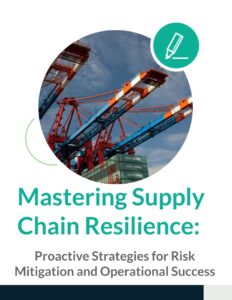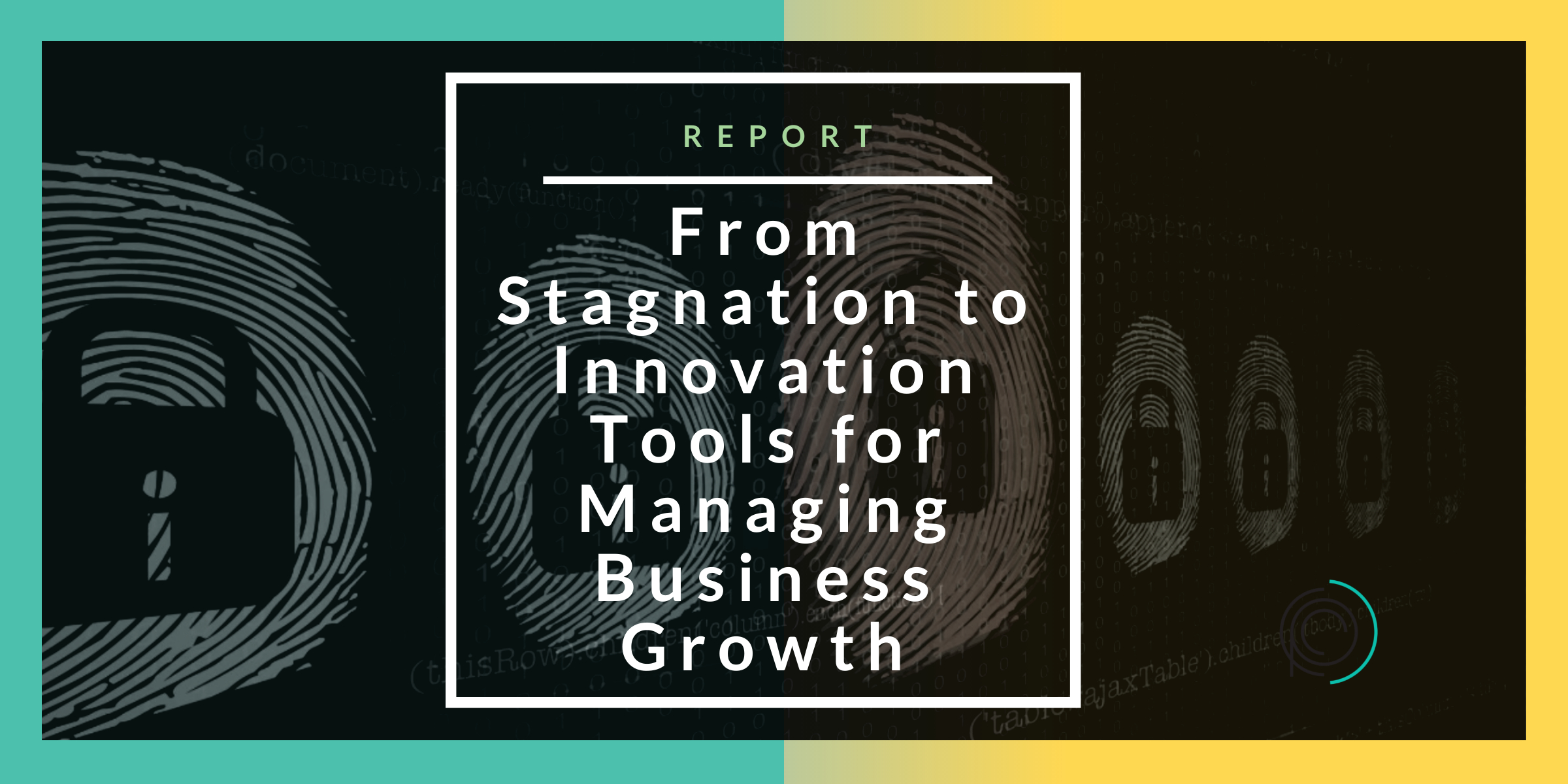When we think about failed business initiatives, we usually focus on the obvious costs—wasted time, blown budgets, half-used tools. But there’s a deeper cost that’s far more damaging: the erosion of trust. And once that trust is gone, future change efforts don’t just start at zero—they start in the red.
Let’s talk about what’s really at stake when organizations keep hitting “reset” without proper planning or change management.
It All Starts With Good Intentions
A company realizes it’s outgrown its processes. Maybe systems are outdated, reporting is a mess, and manual workarounds have become the norm. Leadership knows something has to change. So they greenlight a project—maybe a new platform rollout or a full process overhaul.
At first, there’s excitement. People are optimistic. The buzzwords fly: transformation, streamlining, scalability. But somewhere along the way, things unravel. Scope changes. Priorities shift. Stakeholders get disengaged. And before long, the initiative is shelved, half-finished and forgotten.
That’s what we call a false start—and it’s more than just a missed opportunity.
How False Starts Undermine Adoption of Future Change
When a project fails to launch—or worse, launches and then collapses—it doesn’t just impact that initiative. It leaves a lasting impression on your team.
The next time leadership announces a change, people hesitate. They remember the last time they got excited, poured in effort, adjusted their workflows… only for it to go nowhere.
This is how skepticism sets in. Employees start thinking, “Why bother?” And that mindset is poison for adoption.
The Human Cost: Burnout, Band-Aids, and Broken Belief
Let’s be clear: your people are the ones who bear the brunt of repeated false starts.
Without the right systems in place, they rely on manual processes to hold things together. That leads to longer hours, avoidable errors, and growing frustration. It’s not just operational inefficiency—it’s emotional wear and tear.
And when change efforts keep failing, employees begin to question leadership’s ability to steer the ship. Morale drops. Turnover rises. Your high performers—the ones keeping everything afloat—start to burn out or look for the exit.
This isn’t just an HR issue. It’s a strategic risk.
Systems That No Longer Fit the Business (Or the Customer)
Many companies hang onto outdated systems far too long. And the longer those systems stay, the harder it becomes to implement real change.
You end up with siloed data, duplicate work, disconnected customer experiences—and teams that are constantly stuck in firefighting mode.
What’s worse, your customers feel the impact too. Inconsistent service, delays, and clunky interactions erode brand loyalty. All of this points back to the same root issue: a failure to plan for sustainable change.
What’s Really Missing: Planning and Change Management
Most failed initiatives don’t fall apart because of the tech or the tools—they fail because they weren’t set up for success.
-
No real discovery phase
-
No stakeholder alignment
-
No communication strategy
-
No change management framework
When organizations skip these steps, they’re not just risking the project—they’re risking long-term credibility with their teams.
Change doesn’t fail because people resist it. It fails because leaders didn’t bring people with them.
The Turnaround: Doing It Right the Next Time
If this sounds familiar, you’re not alone. But here’s the good news: it’s fixable.
The turning point comes when organizations stop seeing change as an IT project and start treating it as a business strategy.
It means taking time upfront to understand the real pain points, mapping out workflows, engaging the right voices early, and putting structure around the rollout—not just the software.
And most importantly, it means respecting your team’s time, trust, and capacity for change.
Rebuilding Confidence, One Win at a Time
When future initiatives are backed by a clear plan and strong change management, something amazing happens: your people start to believe again.
They see that change doesn’t have to mean chaos. That leadership is listening. That their effort matters. And with every successful launch, confidence grows.
Adoption stops being a hurdle—it becomes momentum.
Final Thought
False starts may feel like temporary setbacks, but their ripple effect is long-lasting. They drain energy, diminish trust, and delay progress—not because your team can’t change, but because they’re tired of trying for nothing.
So the next time you plan a major initiative, ask yourself:
Are we just launching another project? Or are we leading meaningful, lasting change?
There’s a big difference. And your team knows it.







